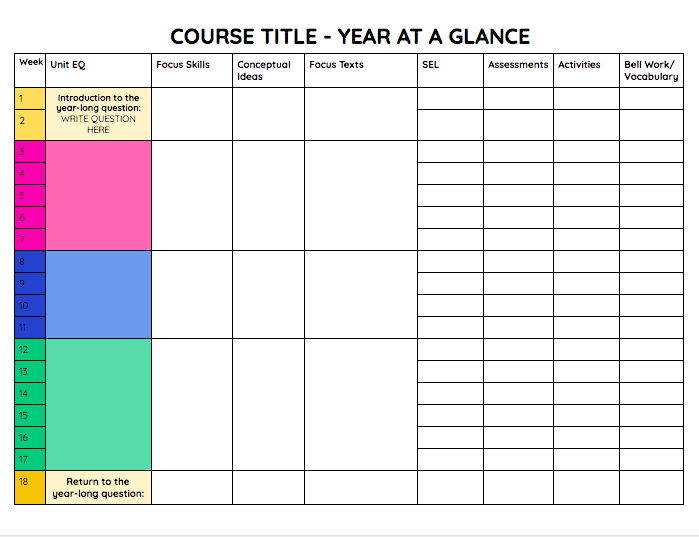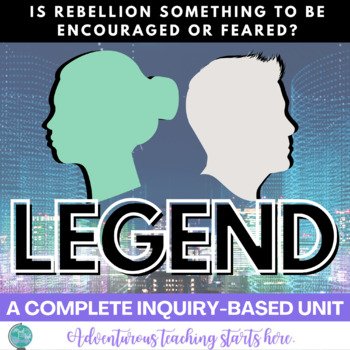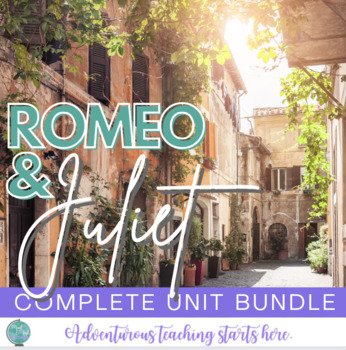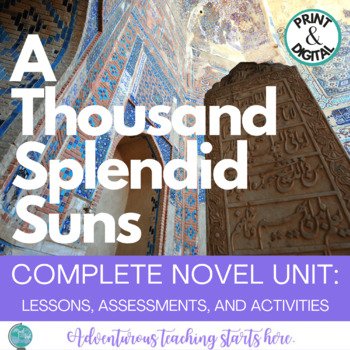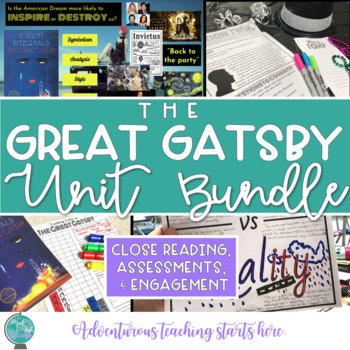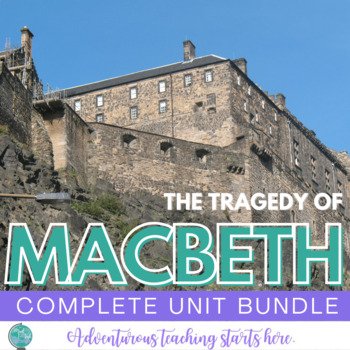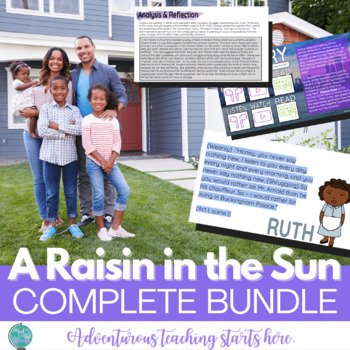How to Set Up Your ELA Curriculum Pacing Guide
Traditionally, curriculum maps are developed based on one, golden goal: meeting standards. In my experience and research, standards are not only different in different parts of the world, but oftentimes are limiting or inaccurate representations of the big picture of what students need to learn in a given year. This curriculum map template should both serve as a functional way for your team to make a plan, but also a place to start important conversations about what curriculum writing can do for a school and its students. When I sit down with my team to put together a curriculum map, I always keep these following principles in mind:
ONE: A high school English curriculum should be anti-racist, representational and diverse in its texts, mediums, genres, and approaches to learning.
TWO: A high school English curriculum should spiral and build skills, teach and reteach, assess and reassess.
THREE: A high school English curriculum should be inquiry-driven and strive to build curiosity.
FOUR: A high school English curriculum should concern itself with modern, current, and important world events.
FIVE: A high school English curriculum should strive to build informed citizens with a critical eye toward messages shared in the media.
As you work with your team to develop your curriculum overview, add to these core beliefs. Draft statements that you want to unite your team as you work toward a common goal: educating curious, critical-thinking citizens. The conversation that you have BEFORE building the map and about the students you serve is critical in building the curriculum that your students need.
9 Headings to Include on your Pacing Guide
1. NUMBERED WEEK:
My first column is WEEK. I used to try and use an exact calendar, but I’ve found that a simple weekly outline is much easier to manage at the year-long scope.
2. UNIT EQ:
The most important guiding light for each of my units is the Unit Essential Question. Placing this in primary location on the guide always helps me stay focused on the purpose — to explore this question using the skills and texts for the unit. The question also reminds me to take a step back every now and then and assess my classroom: who’s asking the questions? Who’s doing the work? Are things moving in an inquiry-driven direction? If not, we quickly return to the EQ and reset from there.
3. FOCUS SKILLS/TARGETS/OBJECTIVES:
Next, I list the focus skills of the unit. Note, I don’t list ALL of the skills students will learn and/or practice, just the focal points. These skills come from the assessment designed for that particular unit and the specific author’s craft elements that manifest themselves in the texts at hand.
4. CONCEPTUAL IDEAS:
This might be a new column for some of you. This column is, for me, the next most important after EQs. Yes, I said it: ideas are more important to me than skills. Big ideas are prevalent in English and for the early part of my career, we talked about them when they came up. I never made an intentional effort to address things like racism, toxic masculinity, or even nurture vs. nature. Conceptual ideas have traditionally be reserved for other subject areas, but once I started pulling these into units and shining a light on them, I saw huge growth in my students personal reflections on what they’ve learned in the class. I hope when they went home and their parents said, “Honey, what did you learn today?” My students stopped saying “Um, we did chapter 4 of Gatsby” and started saying “exploring the relationship between masculinity and wealth”. Okay, I know that 98% of them said “Nothing”, but let me dream!
5. FOCUS TEXTS:
Here, list your core text and any supplementary text you’d like to explore. Hyperlink YouTube videos, TED Talks, articles, NewsELA articles…you name it!
6. SEL:
Social. Emotional. Learning. SEL is not an initiative. It’s not something that happens once in a while in your classroom. Checking in on student well-being and the context of the season of life that students are in is crucial. In this column, I like to list things as light-hearted as Homecoming Week (so that I remember that week will be hella-crazy), and as serious as final exam stress periods.
7. ASSESSMENTS:
This is a column to link any common assessments you’ve agreed upon with your team. Create them on Google Docs or Forms and link away! Simple, easy, and essential!
8. ACTIVITIES:
This space if for the handfull of activities that your team would like to highlight during each unit. There’s definitely not room for everything that you’ll do, but maybe you can put all common shared activities here.
9. BELL WORK/VOCABULARY:
Here is a place to link any weekly work that you want to accomplish in bell ringers. For me, that’s almost always vocabulary practice and word work. I like to keep this on the map because seeing all of the work as a whole on the map reminds me of the grand scope of that work. It’s also nice to have all of those slides in one spot linked and ready to go!
Curriculum writing is a journey.
And you are lucky to be on it. If you’re here and thinking about re-design or building something from scratch, know that you are doing important work. What you select, how you select it, and how you lay it out on a map shapes the life, education, and experience of all the young people that get to live your map day in, day out. Be thoughtful. Be intentional. And take chances. Push to try new things and use this map to keep the big picture in mind.
Ready for your free template?
Need a unit that’s ready to go in this format?
I’ve got a whole bunch waiting for you in the shop.

